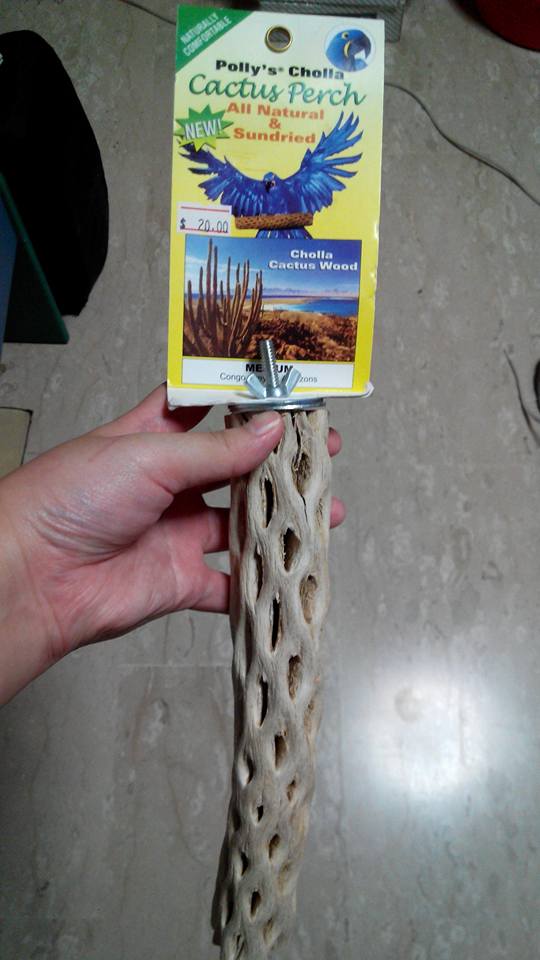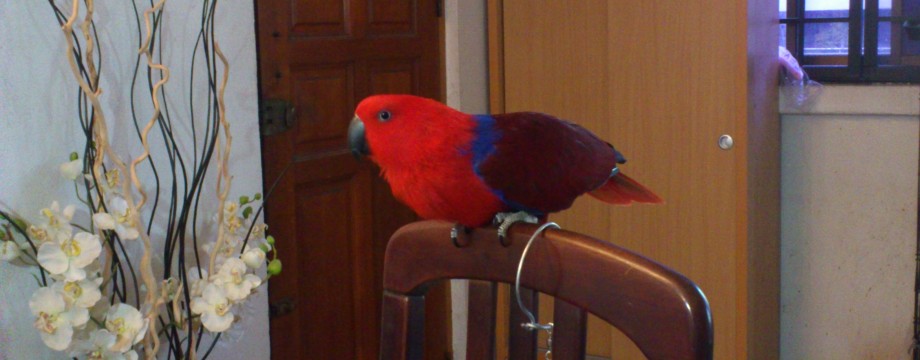Updated 12th May 2020
I’ll admit to neglecting this post for a while, always preferring to speak in person. But some folks need reminders or reassurance so I’ll just leave this here.
If you’re reading this, it is likely you’ve just purchased or about to buy a baby bird. It doesn’t matter from where, just as long as this post helps someone…
You will need – depending on the age of your bird:
- Big plastic tank/ box
Preferably translucent and NOT round. Babies like to put themselves in corners (especially African Greys and lovebirds) and a round container does not give that security. A fish tank works wonders because the lid prevents older chicks from clambering out.
- Wood shavings/ metal mesh
Wood shavings can be bought cheaply (I prefer the $5 per large bag from Que Feng @ Serangoon North – also referred by most people as the ‘China shop’), get a bag that does not have too small pieces that might be ingested.
Or if you’re good with DIY, get a piece of metal mesh (stainless steel preferred) and bend it until it fits your tank/box. This is only for older birds that can balance better or birds that are starting to show problems of splay leg.
Some people opt to use wood shavings til the bird is old enough to be transferred to a cage, both mesh or without mesh is fine as long as hygiene is reasonably maintained.
- Thermometer
I’m afraid those used for children won’t do. They are not as accurate because of the small metal tip and most do not measure up to 43’C. Use these instead –

Digital or manual is fine. If you can find a manual one it will be better.
- A few suitable perches
A perch of appropriate diameter for your bird size for it to learn how to perch over time. Get a few because it’s more than likely to be soiled along the way and require washing. I favour cactus perches because of the holes and grooves that allow for better grip for babies: (but it’s also a pain to wash!)

I got the above from Goodwill and unfortunately they do not always have it in stock. I would not recommend using sandy (UNSAFE! youngsters will chew on whatever they can!) or concrete/cement perches yet even if the baby’s nails are razor because the bird’s feet are still very soft and the claws are needed for better grip until it is almost fully feathered.
*Perches should not be installed until the bird is capable of walking and climbing (or trying to escape the box) without assistance.
- Handfeeding formula
Please purchase and have a bag of formula at home first before bringing your bird back. Or buy it together with the bird if you’re getting from a shop. It is not good to move young birds too much especially when transferring to new environment, it’s stressful for them. And you don’t want to panic and find out that the nearest shop does not have the brand you need.
Take note that with the demise of Zupreem Embrace, the next best available handfeeding formula for Eclectus – in particular the Vosmaeri subspecies – is Psittacus High Protein. Unfortunately Psittacus is often out of stock due to supplier fault. In such a case I would unfortunately recommend Kaytee as the replacement. Some chicks develop funny colours on Kaytee which will molt out in time.
- Feeding utensils
Stainless steel cups/ spoon for formula mixing and syringe or handfeeding spoon. I prefer stainless steel cups over porcelain because I can get a more accurate feel of the formula temperature inside. This is ONLY for experienced handfeeders who can roughly gauge without using a thermometer. If using a syringe, I recommend a 12 or 20ml syringe depending on the size of your hand.
Now you’re all set to get your bird.
1.5 month female Eclectus learning to perch in her box & young male Eclectus in a box of shavings.


